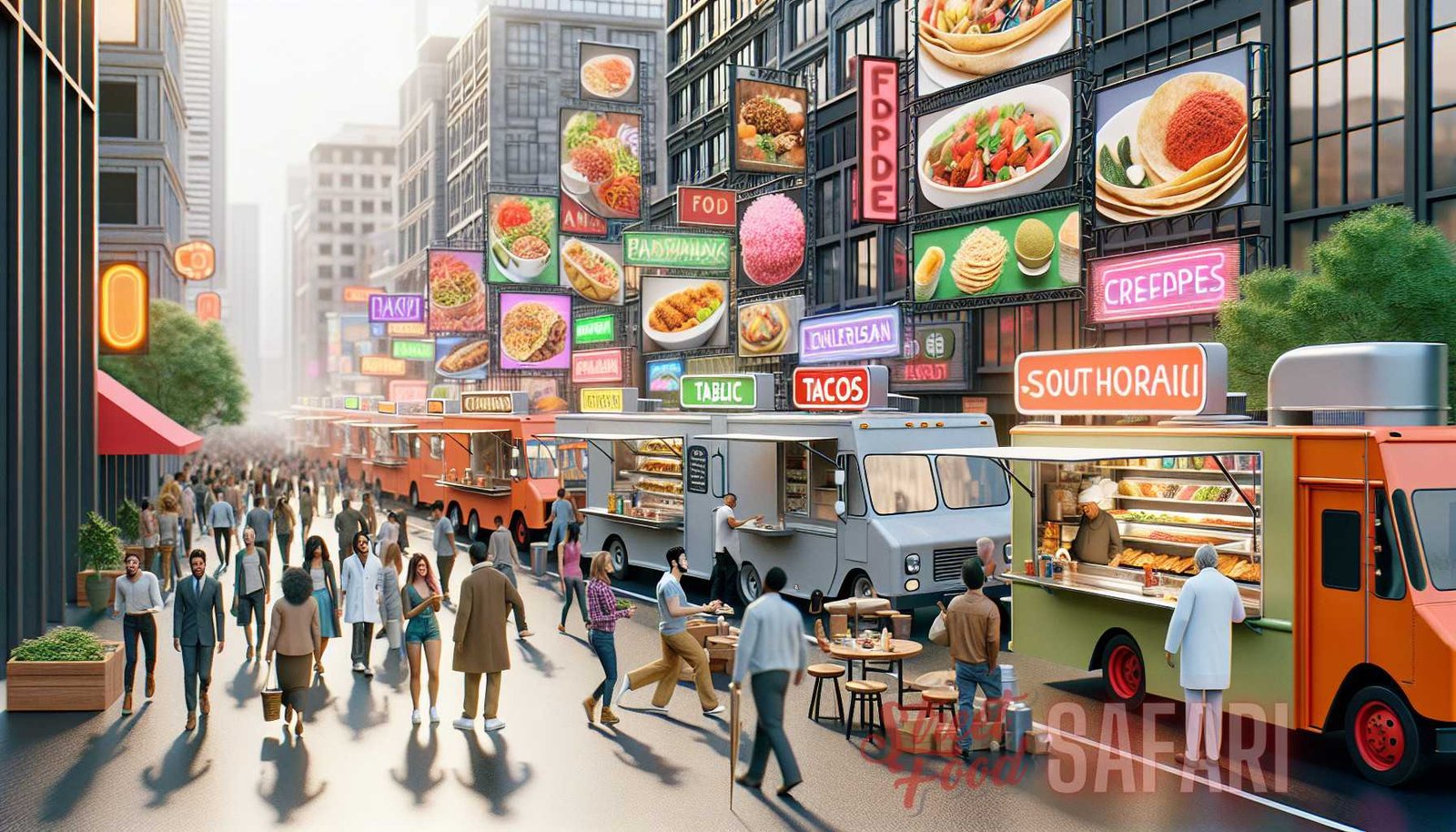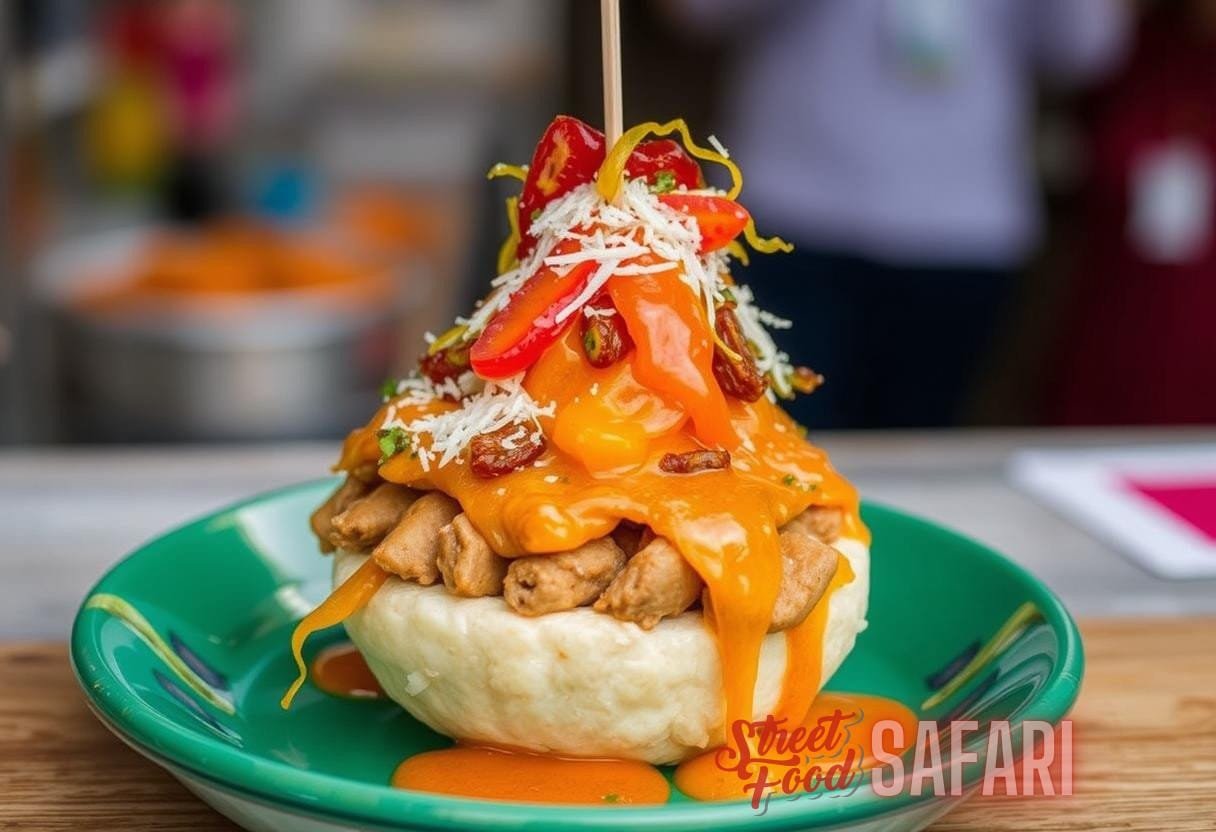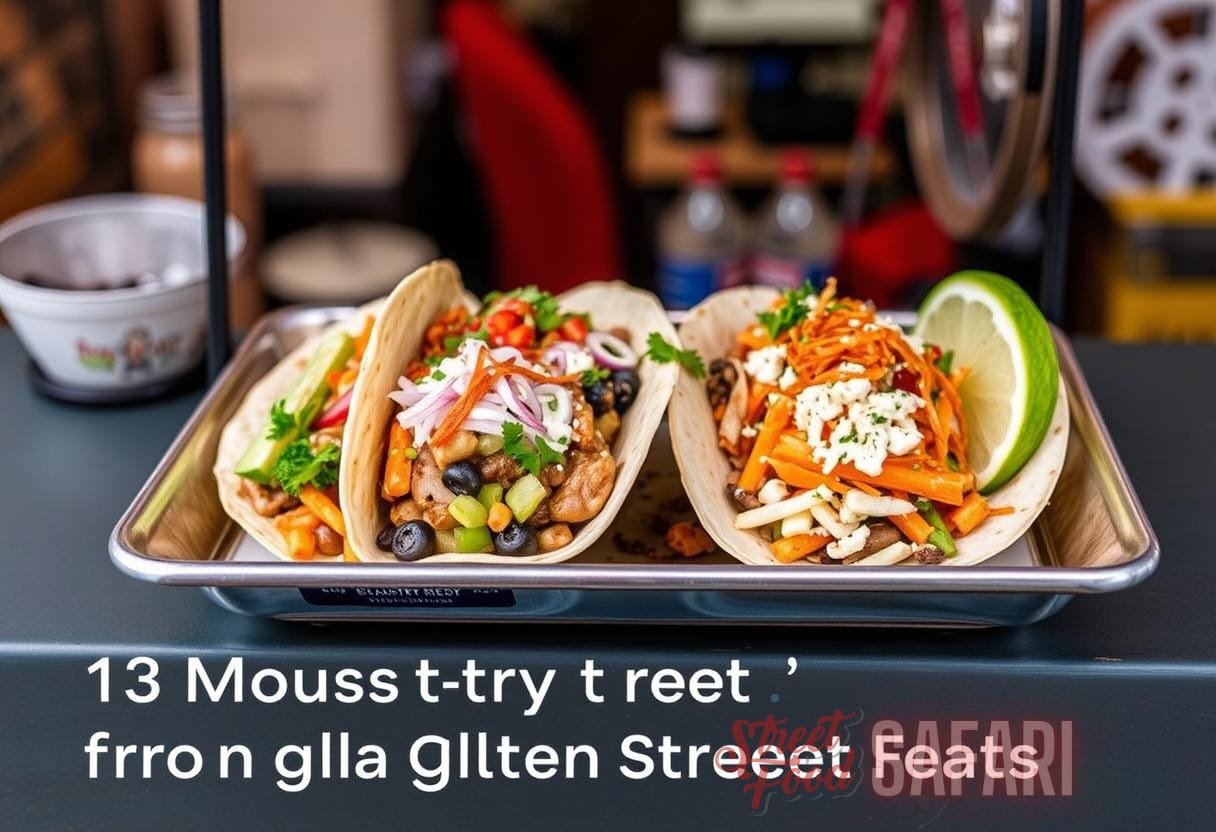A Gastronomic Journey Through Urban Streets: Unraveling the Historic Evolution of Street Food Culture
Street food has always been an integral part of culinary traditions in many countries. From bustling cities to quiet towns, the aroma of street eats wafts through the air, delighting locals and tourists alike. These gourmet street eats offer a window into the cultural fabric of a place, showcasing the creativity and flavors of a particular region.
The Beginnings of Street Food
The history of street food dates back centuries, where vendors would set up temporary stalls in marketplaces and along busy streets to cater to pedestrians and workers. These early street food vendors played an important role in providing affordable and convenient meals to the masses. They offered a variety of dishes that were quick to prepare and easy to eat on the go.
Street food culture has evolved over time, influenced by various factors such as migration, colonization, and globalization. The fusion of different cuisines and culinary techniques has resulted in the creation of unique street food dishes that have become iconic representations of a particular city or region.
Street Eats Icons: Exploring the Delicious and Iconic Street Food Dishes
When it comes to gourmet street eats, every city has its own iconic dishes that are celebrated by locals and sought after by food enthusiasts. These dishes capture the essence of a place and reflect the culinary heritage of a region. Let’s take a look at some of the most irresistible street food dishes from around the world:
- Taco al Pastor from Mexico City: These mouthwatering tacos are filled with succulent slices of marinated pork that have been slow-cooked on a vertical spit. Topped with pineapple, onions, and cilantro, these tacos are a true explosion of flavors.
- Pani Puri from Mumbai: Pani Puri is a popular Indian street food snack that consists of small, crisp puris filled with a mixture of spiced potatoes, chickpeas, tamarind chutney, and tangy mint water.
- Banh Mi from Hanoi: A fusion of Vietnamese and French cuisine, Banh Mi is a delicious sandwich filled with various ingredients like grilled pork, pâté, pickled vegetables, and chili sauce.
- Pretzels from New York City: New York-style pretzels are a quintessential street food snack. These soft and chewy pretzels are traditionally sprinkled with coarse salt and served hot from the vendor’s cart.
- Churros from Madrid: Churros are a beloved Spanish street food that consists of fried dough pastry strips dusted with sugar and served with a cup of thick hot chocolate for dipping.

These iconic dishes are just a glimpse into the world of street eats. Every city has its own unique offerings, ranging from savory to sweet, and everything in between.
The Evolution of Street Food Culture
In recent years, street food culture has experienced a renaissance, with food trucks, night markets, and street food festivals becoming increasingly popular. The rise of social media has also played a significant role in showcasing the vibrant world of street food and fueling the popularity of these culinary gems.
Street food has become a way for adventurous eaters to explore different flavors and cuisines, often without the need for a formal dining experience. It has also provided a platform for up-and-coming chefs to showcase their talent and creativity in a more accessible and affordable setting.
Today, cities around the world are embracing street food culture and recognizing it as an integral part of their culinary landscape. Street food vendors are no longer viewed as mere street vendors but are considered culinary entrepreneurs, driving innovation and creativity in the food industry.
The Role of Street Food Culture in Tourism
Street food culture has become a significant attraction for tourists, drawing them to experience the local flavors and culinary traditions of a destination. Food tours and culinary excursions focused on street eats have gained popularity, offering visitors a chance to immerse themselves in the local food scene and interact with the vendors.
Street food festivals and night markets have also become major tourist attractions, showcasing the diversity and vibrancy of a city’s street food culture. These events bring together vendors from different backgrounds, offering visitors a gastronomic feast that reflects the multiculturalism and diversity of a place.

With the growing popularity of street food tourism, cities are investing in infrastructure and regulations to support and promote the street food industry. This includes designated food truck zones, improved sanitation standards, and licensing procedures that ensure the safety and quality of street eats.
Conclusion
Gourmet street eats offer a tantalizing journey through the culinary landscape of a city. From the humble beginnings of street food vendors in markets and along busy streets to the modern-day food trucks and night markets, street food culture has evolved and thrived.
By exploring the iconic dishes and the history behind them, we can better understand how street food has shaped and influenced the culinary traditions of different regions. It provides a unique window into the culture, heritage, and flavors of a particular place.
So the next time you find yourself in a new city, take a walk through its urban streets and immerse yourself in the world of street food. Indulge in the delicious, the unexpected, and the unforgettable. Let the flavors guide you on a gastronomic journey that will unravel the historic evolution of street food culture.
Internal Links:
Discover the City’s Street Bites: Uncovering Delicious and Iconic Street Food Dishes
Discover Street Eats Icons: Unveiling the Irresistible Dishes that Define Cities
External link:
For more information on the history of street food, you can visit the Wikipedia page on street food.



